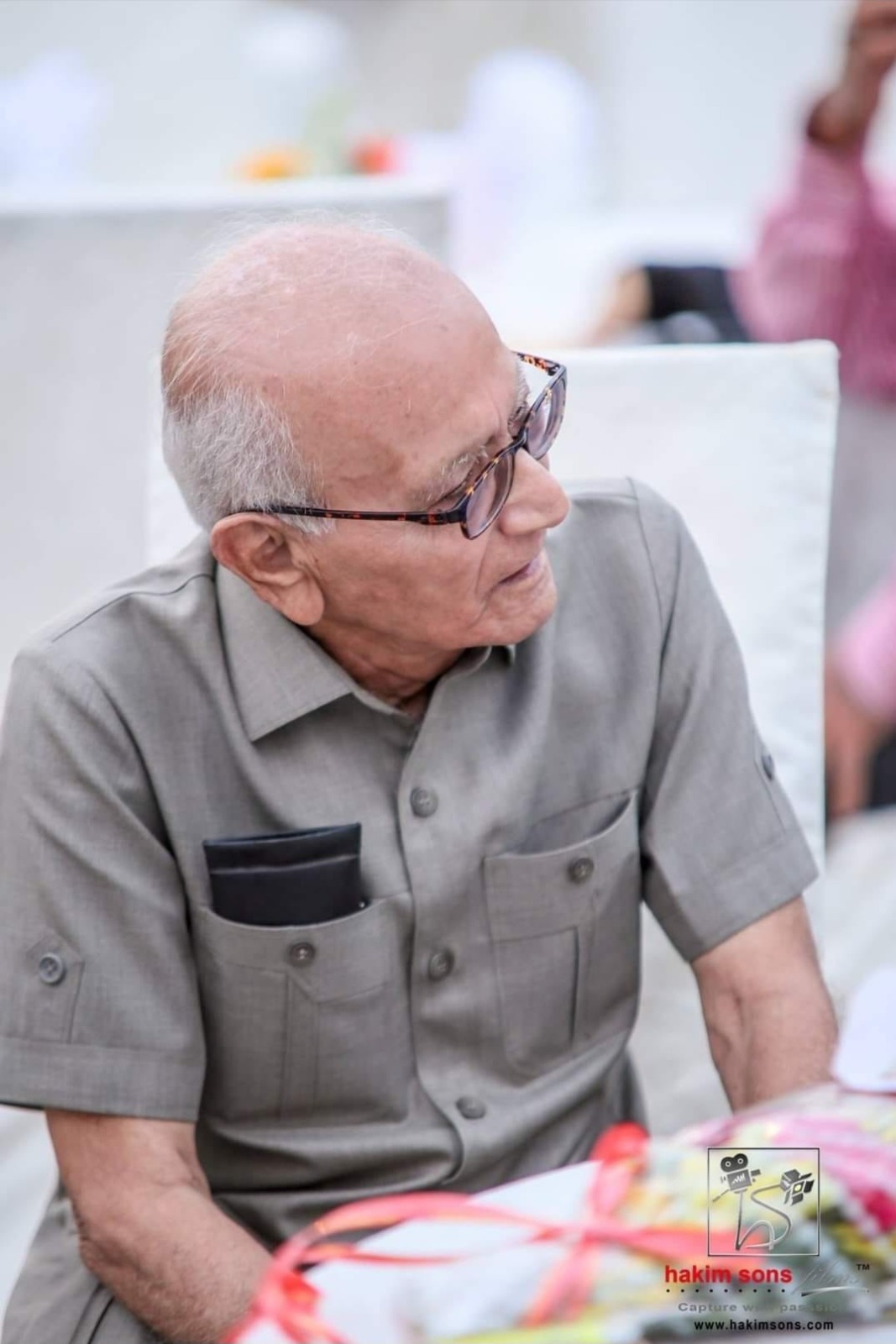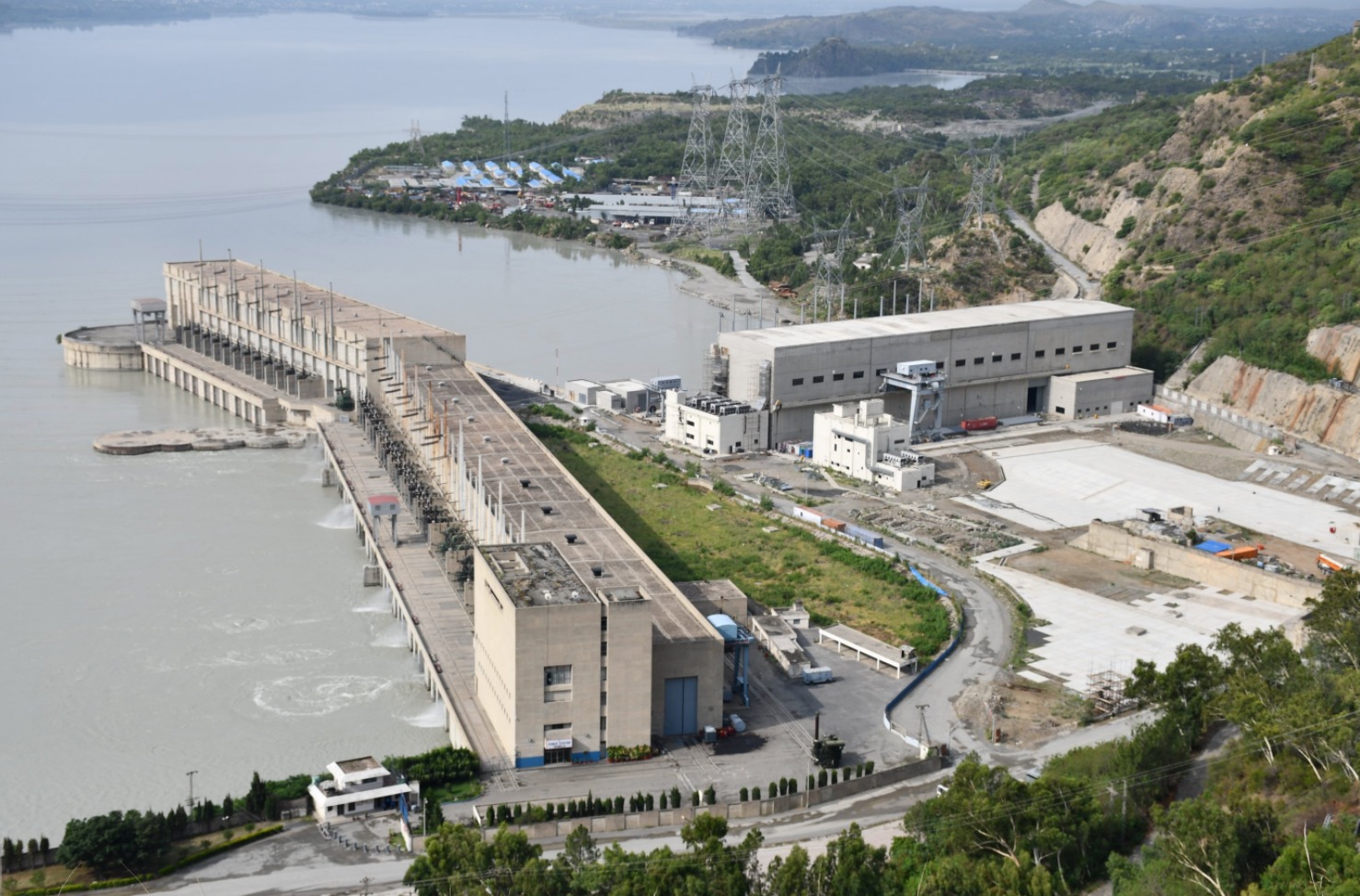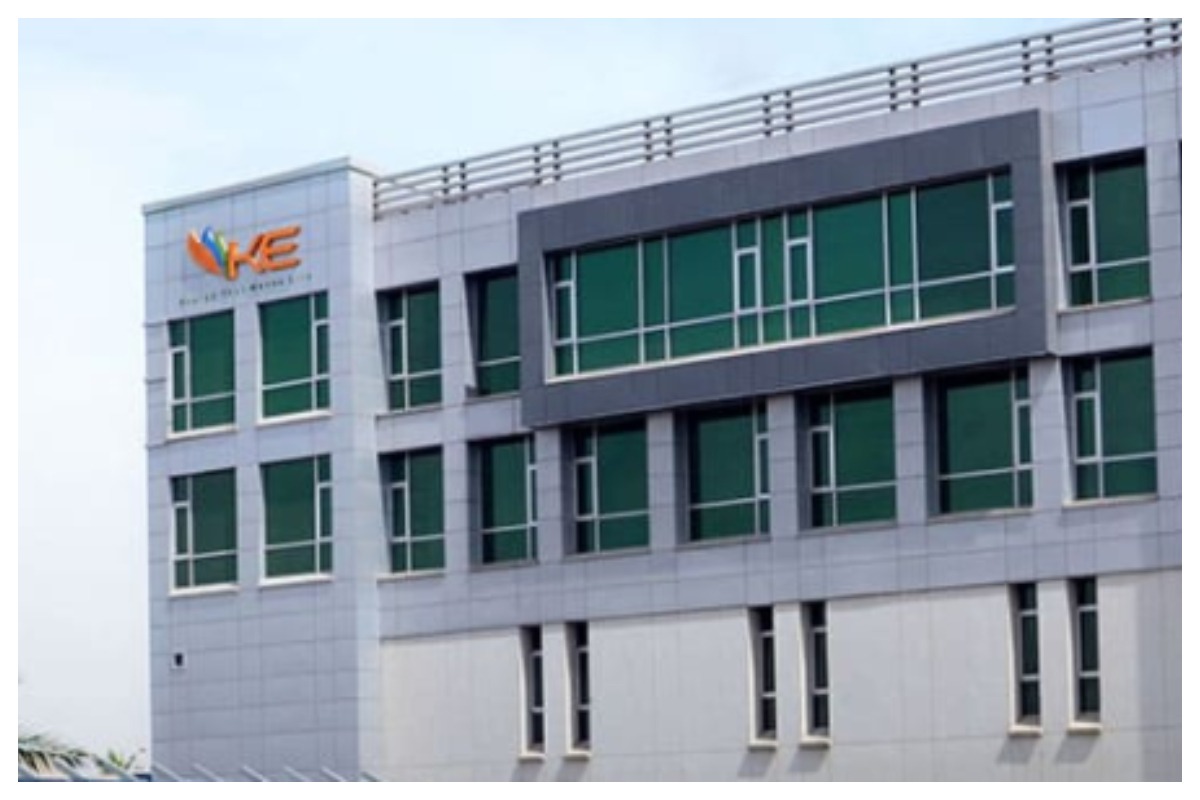‘Global Leader Panel Discussion: Charting STEM Career’ at MUET Jamshoro 70 pc females in STEM not contributing due to different reasons Striking balance between professional work and the family; extremely difficult to give 100 percent either side.
A group of highly regarded women engineers working with leading engineering universities and organizations around the world came to a […]





